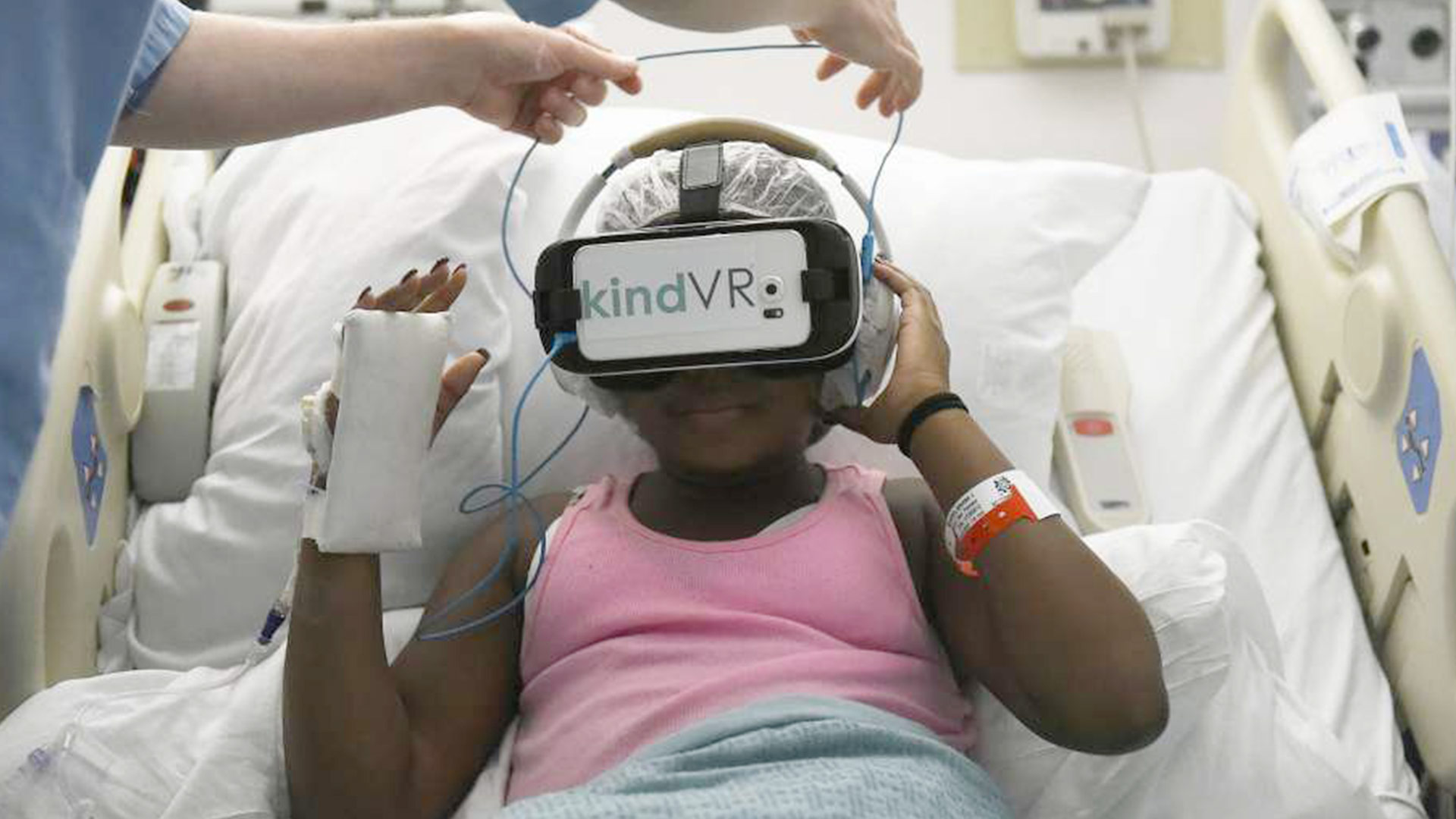
VR could play a major role in rehabilitating stroke survivors among other medical functions.
Virtual Reality could help Stroke Survivors Regain Motor Functions
That is a future SookLei-Liew is hoping to see. According to the assistant professor at USC, “There’s a lot of emerging evidence from neuroscience and psychology that was showing that you can really identify [with the avatar], and it changes your behavior based on the avatar you’re given in VR.”
By using the same concept as video gaming, Liew says patients begin to relate to themselves and their movements by becoming one with the character on the screen.
Liew’s research team has been working on a study for about two years called REINVENT, an acronym for Rehabilitation Environment using the Integration of Neuromuscular-based Virtual Enhancements for Neural Training.
Implementing VR in health care and patient treatment isn’t new. It’s been used to help people overcome phobias and anxiety disorders. But the application is starting to take off now that the technology is more developed and commercially available. Some medical schools are looking to train students with virtual simulations, and it’s even helping midwives learn how to deliver babies.
So using VR to help solve many medical issues will continue to be a growing concern. There is a vast amount of commercially available technology for use in the medical field. It is being used to train medical students and now it appears it will help train patients who are trying to regain their health.
The miracles that will take place in the medical field in the very near future will be something to behold for sure.







Leave A Comment